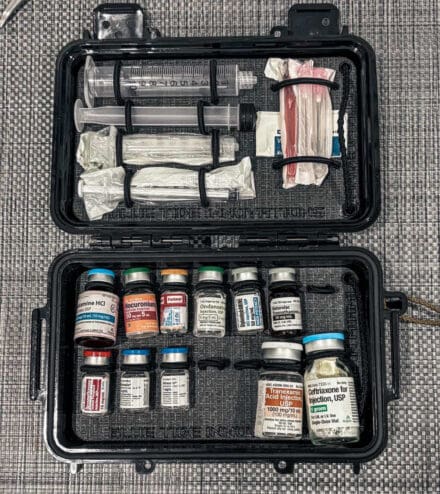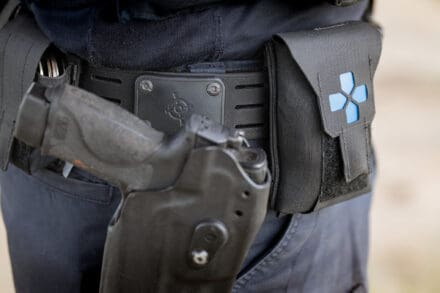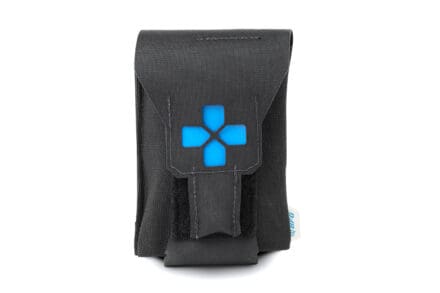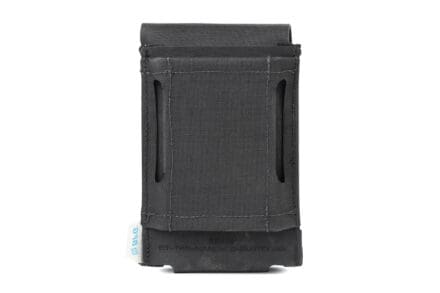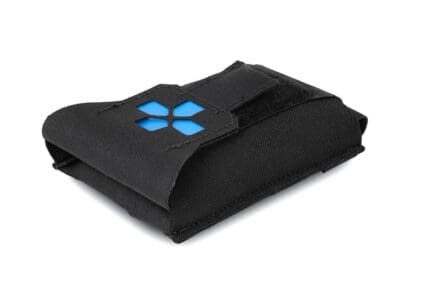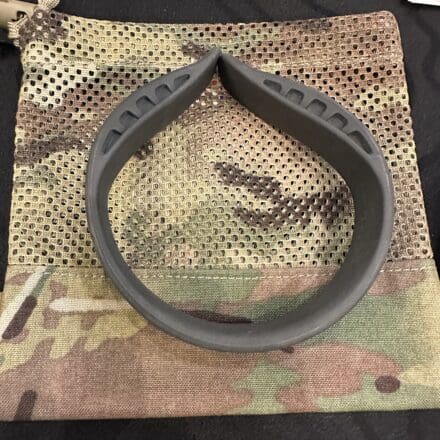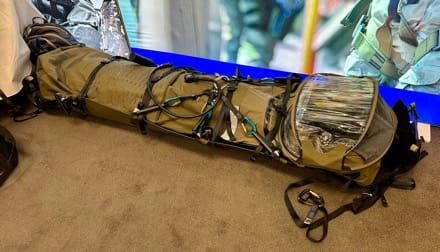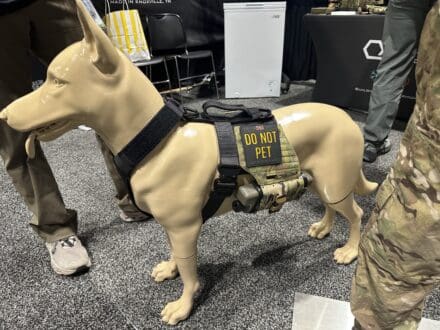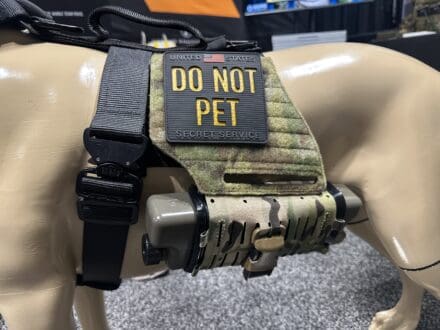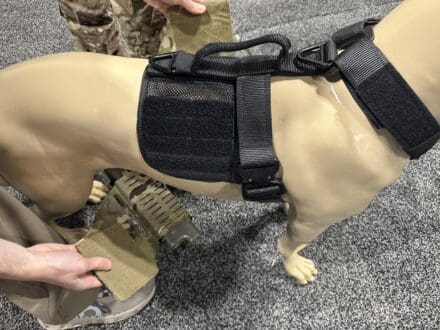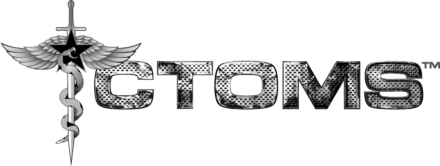Ultrasound Renal Denervation, a Proven Treatment for High Blood Pressure, is Available to Veterans Thanks to a Partnership Between Recor Medical and Recon Supply
ST. CHARLES, Mo., May 16, 2025 — Hypertension, or high blood pressure, is known as the “silent killer” because many people do not know they have it and, over time, it can lead to serious health issues. In fact, hypertension increases the risk of heart disease and stroke, two of the leading causes of death in the United States. The 2020 Veterans Health Administration (VHA) guidelines on hypertension define uncontrolled hypertension as a reading above or equal to 130/90 mmHg.1 66% of veterans diagnosed with hypertension are considered uncontrolled by the VHA’s guidelines.2

Hypertension treatment typically begins with a change in diet, like reducing salt intake, and physical exercise. For some, medication may also be prescribed. However, about one-third of the patients who are treated for hypertension remain uncontrolled despite making healthy lifestyle changes and taking more than three medications. For these patients, medical device-based hypertension therapies, like the Paradise™Ultrasound Renal Denervation (uRDN) system, may be an additional treatment option.
Army veteran Richard Van Name is one such patient who was looking for another way to treat his uncontrolled hypertension. An Army pilot for more than 30 years, Richard noticed his blood pressure was increasing during the later part of his service, and he was diagnosed with hypertension after retirement. Despite adjusting his lifestyle and taking progressively more medications, his blood pressure had not reached a normal level. That’s when his physician recommended that he consider the Paradise uRDN treatment, a one-time, safe and minimally invasive procedure that is clinically proven to reduce blood pressure.3-6
“My blood pressure was starting to creep up in the last part of my career, but they were still within the limits for the military. When I was first diagnosed with hypertension, my blood pressure was 178 over 100. Diet and exercise did not bring it down any, and the medication brought it down to around the 150 to 160 region,” said Richard. “My cardiologist was not satisfied that the maximum he had prescribed had not brought it down to where he thought was best. The doctor prescribed ultrasound renal denervation, and the procedure had definite results. My wife and I feel a lot better because it relieves us of the chances of heart attack or stroke.”
The Paradise uRDN system is a first-of-its-kind ultrasound-based RDN technology designed to lower blood pressure by denervating the sympathetic nerves surrounding the renal arteries, reducing the overactivity that can lead to hypertension. The Paradise uRDN system delivers two to three doses of 360-degree ultrasound energy—lasting seven seconds each—through the main renal arteries to the surrounding nerves. The Paradise catheter features the exclusive HydroCooling™ system, which circulates sterile water through the balloon catheter during the procedure to help protect the renal artery wall. This minimally invasive procedure is supported by many medical societies including the American Heart Association, the American College of Cardiology, the European Society of Cardiology and others.
Recor Medical—the manufacturer of the Paradise System—has partnered with Service-Disabled Veteran Owned Small Business (SDVOSB) Recon Supply to support the distribution of the Paradise System through the VHA and Department of Defense.
Recor has been focused on developing and testing uRDN for the treatment of hypertension since 2009, and completed three independently powered, sham-controlled, randomized clinical trials, all which demonstrate the efficacy and safety of the Paradise System, leading to FDA approval in late 2023. Recor has also initiated the US Global Paradise System (GPS) Post-Approval Study to collect real-world clinical evidence with long-term follow-up in 1,000 patients with uncontrolled hypertension in the United States.
The Paradise uRDN system is indicated to reduce blood pressure as an adjunctive treatment in hypertension patients in whom lifestyle modifications and antihypertensive medications do not adequately control blood pressure. A physician will make a medical assessment to determine if a patient is a candidate for ultrasound renal denervation. The most common risks include pain, vascular access site complications and vasospasm. Full important risk information can be viewed here.
- Defense DoVAaDo. VA/DoD Clinical Practice Guideline for the Diagnosis and Management of Hypertension in the Primary Care Setting. 2020.
- Yamada et al. J Hypertens. 2023 Apr 17;41(6):995–1002.
- Azizi et al. JAMA. 2023;329(8):651-661.
- Azizi et al. Lancet. 2018 Jun 9;391(10137):2335-2345.
- Azizi et al. Lancet. 2021 Jun 26;397(10293):2476-2486.
- Kirtane et al. JAMA Cardiol. 2023;8(5):464-473.
For more information on Recon Supply’s offerings, visit www.Recon-Supply.com or contact Recon Supply at 314-317-0300.
